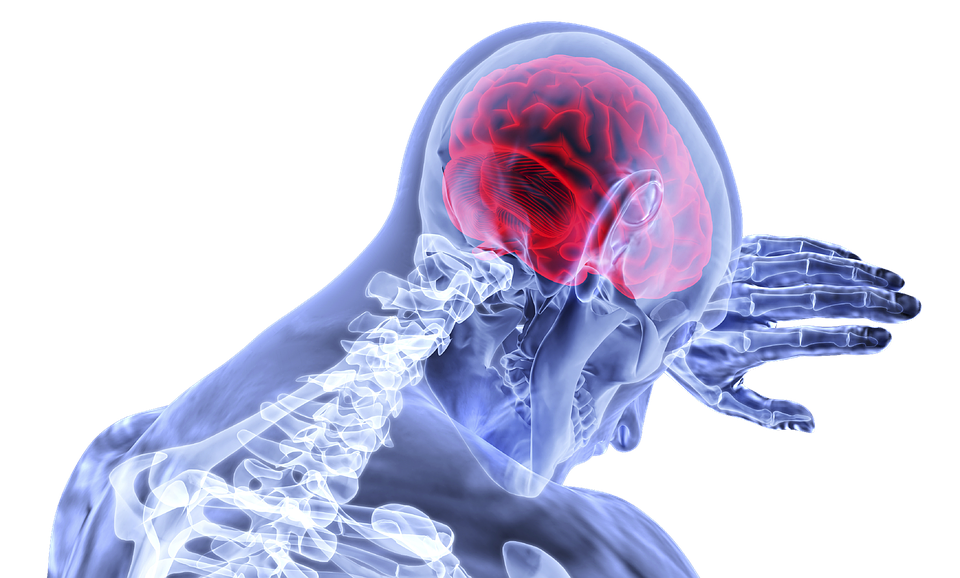Musical Performance (Musicians)
Excerpt – An Alexander Technique Approach to Focal Dystonia (Musicians)(Posture)(Pain)(Strain)(Injuries)(Albuquerque)
This ebook is published on this website in a PDF format.
This ebook is also for sale on all AMAZON websites in a KINDLE format.
Located in Albuquerque, New Mexico, U.S.A. (MOVEMENT THERAPY)
What would have to happen for a performing musician with focal dystonia to be free of focal dystonia? I’m writing this ebook from the perspective that focal dystonia is usually not a pathology. I’m not saying that there aren’t cases where there are neurological problems, but what if focal dystonia is a collection of bad postural, tension, and technique habits that cause the fingers to go out of control, and what if there was a way to release the effects of focal dystonia.
A few years ago I was working with a couple of teen age boys who came to me with dysgraphia. Dysgraphia is a loss of your ability to write, to control a pencil. My sense is that dysgraphia and focal dystonia are two very similar things that happen to the hands, that make you feel you have no control over your hand. I discovered with these two boys that they held onto the pencil with incredible tension.
When I got them to learn to do the minimum muscularly to hold onto the pencil and sit with balanced posture, both of them very quickly stopped experiencing dysgraphia and were able to write. They were both very intense kids. I have a strong feeling that most of the performing musicians experiencing focal dystonia practice a great deal, are very intense performers, and probably many are perfectionists.
As an Alexander Technique teacher I’ve had success with helping performing musicians become free of focal dystonia, but all of the performers I helped were willing to let go of postural, technical, and attitudinal habits that created intense pressure and pain and strain to their bodies and minds. The whole body contributes to focal dystonia, and it takes the whole body to be free of it. What follows is what I have to offer.
The Alexander Technique makes it possible for performers to perform without pain and wear and tear to their bodies, and to release the involuntary movements of focal dystonia. An Alexander Technique teacher shows the performer how to play his or her instrument with a sense of power, poise, and ease. What is it exactly that an Alexander Technique teacher does for the performing musician that makes it unique? We teach the performer to find the most effortless way to play his or her instrument. We teach the performer that his or her whole body plays the instrument.
If the whole body is balanced, and the technique makes personal sense, the player will play without sacrificing her body and cause focal dystonia. In the Alexander Technique the performer’s well-being is paramount, and if he or she takes care of him or herself, the performer will be able to do what he or she wants and create a wonderful performance.
Alexander Technique teachers believe the means will take care of the ends. This means if the performer puts his awareness on his posture and technique and chooses to find the easiest way to play the instrument with the least amount of work and with high energy, he will not wear his body out. He will not create compression in his joints trying to maintain poor posture and simultaneously use too much muscle to play his instrument.
